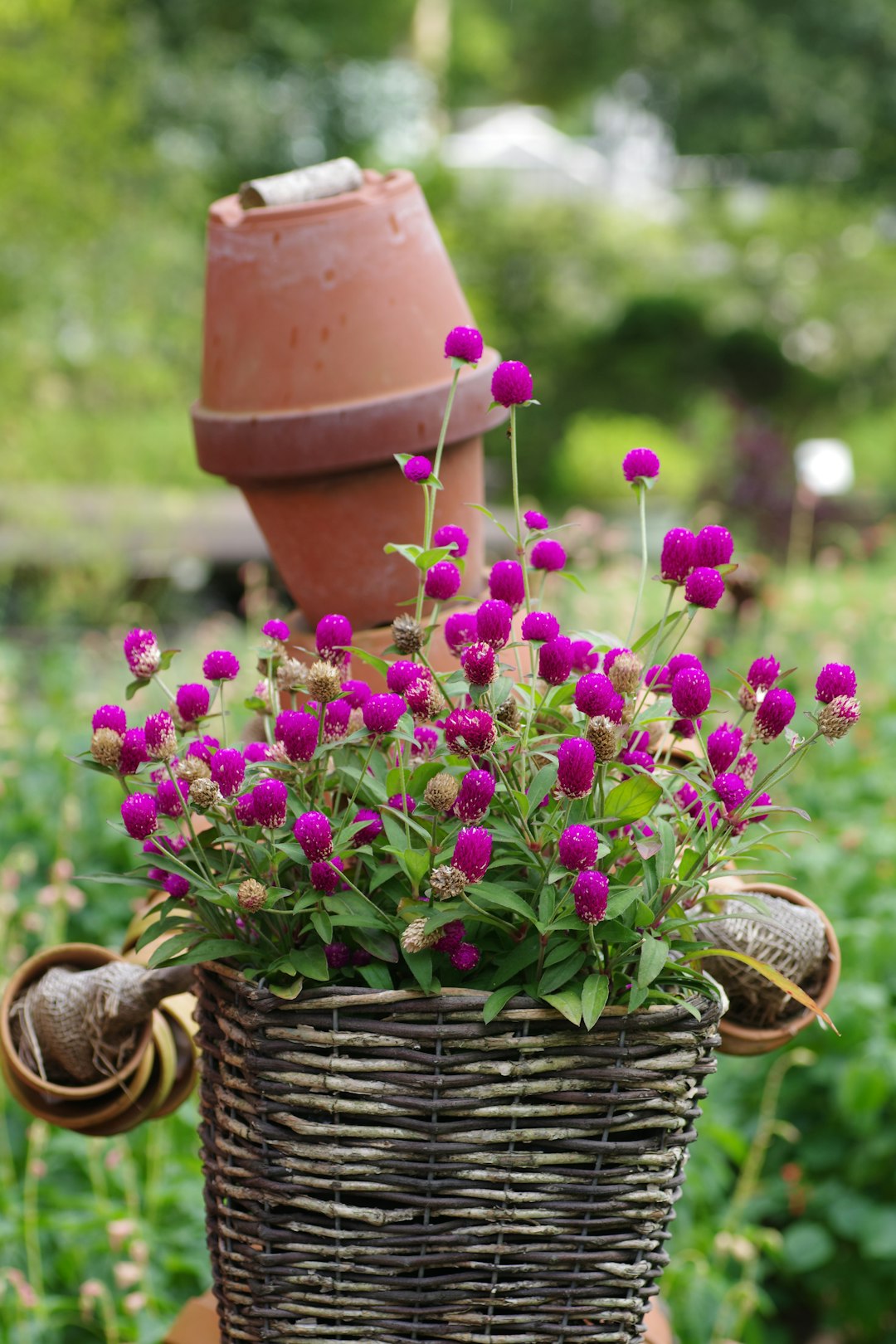
When it comes to gardening, few things are as frustrating as dealing with powdery mildew. This common fungal disease can quickly take over your plants, leaving them looking sickly and stunted. But fear not, because studies have shown that there's a natural home remedy that can stop powdery mildew issues in your garden fast. In this article, we'll explore how to make and use a simple DIY spray to protect your plants from this pesky problem.
First, let's understand what powdery mildew is. Powdery mildew is a fungal disease that affects a wide range of plants, including vegetables, fruits, flowers, and ornamentals. It appears as a white or gray powdery coating on the leaves, stems, and flowers of infected plants. The fungus thrives in warm, humid conditions and can spread rapidly, especially in crowded or poorly ventilated gardens. If left untreated, powdery mildew can weaken your plants, reduce their yield, and even kill them.
So, what's the natural home remedy that can help combat powdery mildew? The answer lies in a simple mixture of ingredients that you probably already have in your kitchen. One of the most effective remedies is a solution made from baking soda, dish soap, and water. Baking soda has antifungal properties that can help prevent the growth and spread of powdery mildew, while dish soap helps the solution adhere to the plant leaves.
To make the DIY spray, you'll need the following ingredients:
Here's how to make the spray:
Now that you've made the spray, it's time to use it to protect your plants. Here's how:
In addition to using the DIY spray, there are other steps you can take to prevent powdery mildew from occurring in your garden. Here are some tips:
By following these tips and using the DIY spray, you can effectively protect your plants from powdery mildew and keep your garden healthy and beautiful. Remember, prevention is key when it comes to dealing with powdery mildew, so make sure to take proactive steps to keep your plants disease-free. With a little effort and the right approach, you can enjoy a thriving garden free from the hassle of powdery mildew.

The Secret to Squirrel - Free Potted Plants
The Secret to Squirrel - Free Potted Plants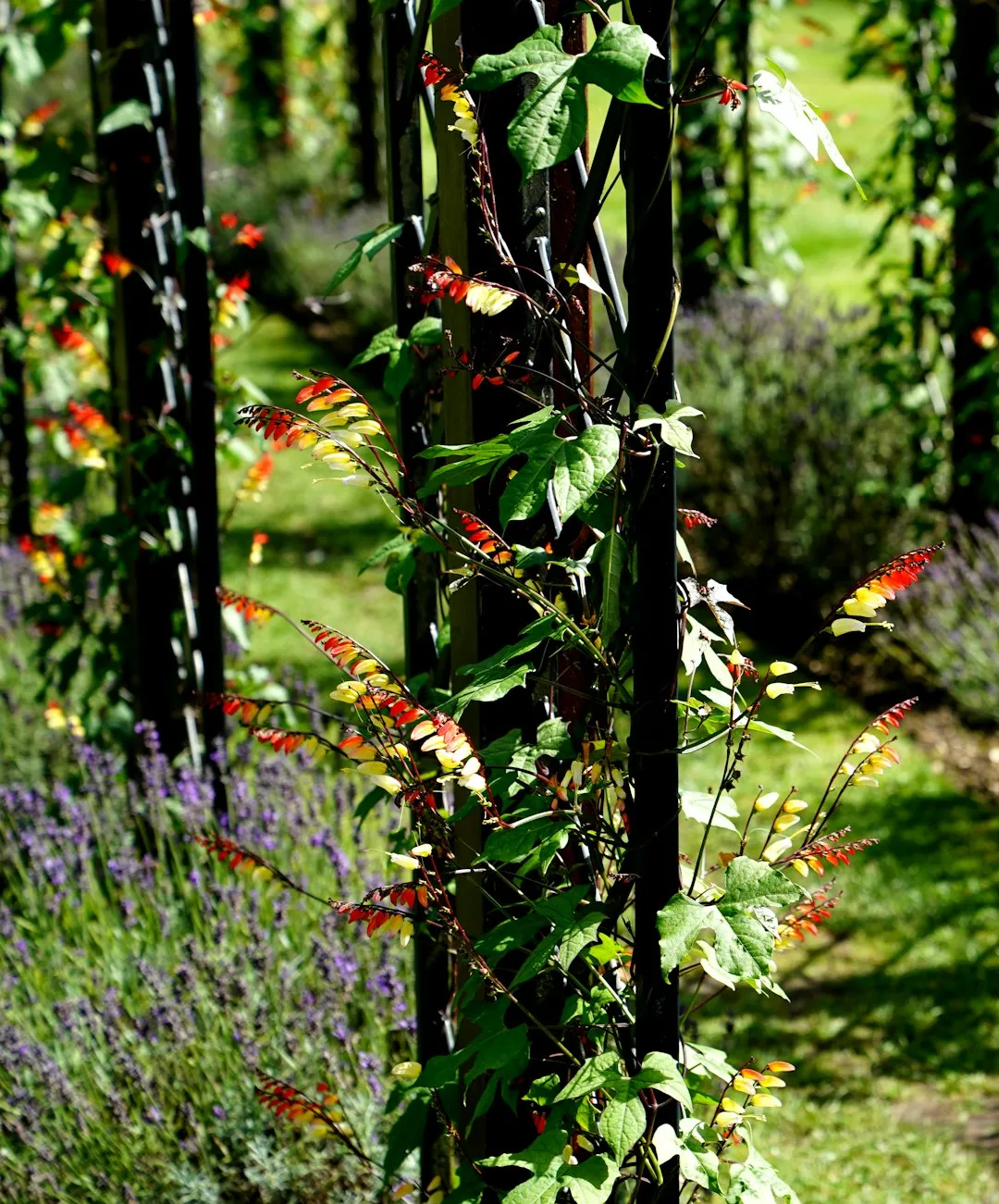
Sweet Rewards: Cultivating Berries in Containers
Sweet Rewards: Cultivating Berries in Containers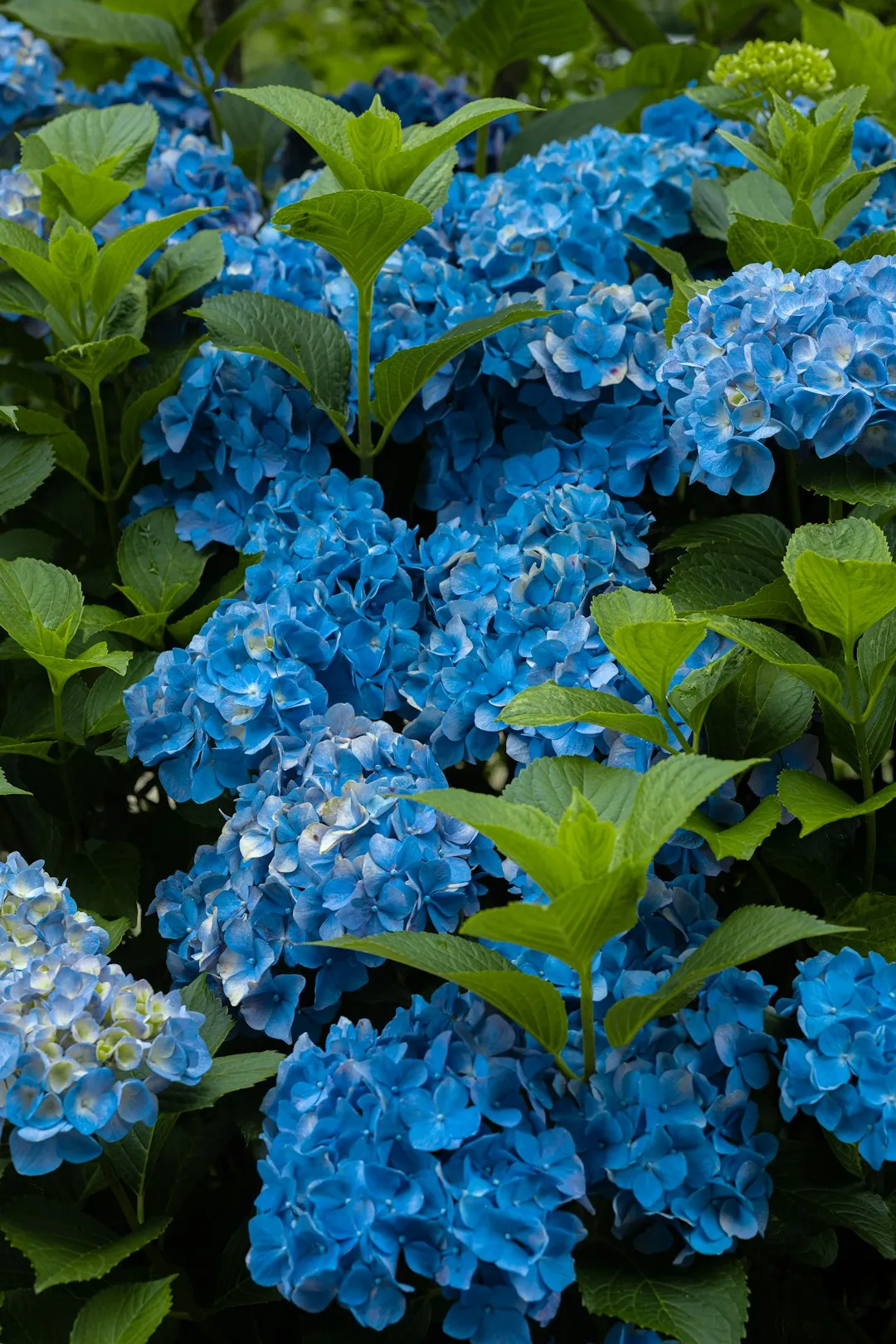
Unveiling the Secrets of a Stunning Lawn
Unveiling the Secrets of a Stunning Lawn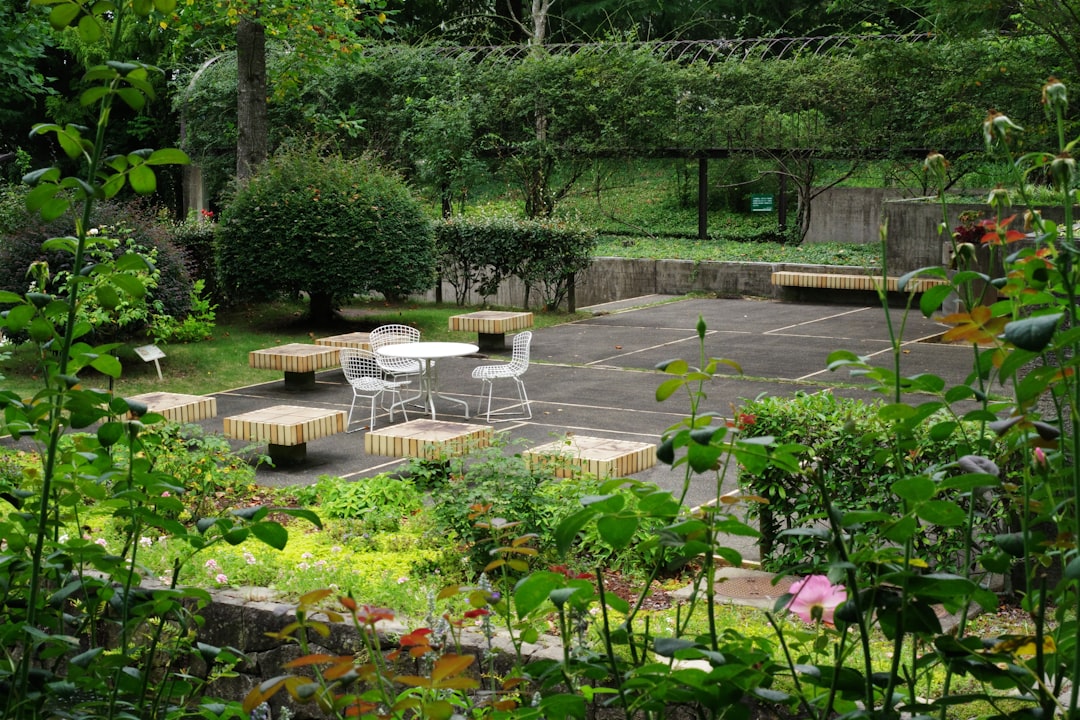
Fall Lawn Maintenance: The Key to a Healthy Yard in Winter
Fall Lawn Maintenance: The Key to a Healthy Yard in Winter
The Secret to Soil Amendment Without Uprooting Your Plants
The Secret to Soil Amendment Without Uprooting Your Plants
Unleash Your Garden's Potential: The Art of Seed Collection
Unleash Your Garden's Potential: The Art of Seed Collection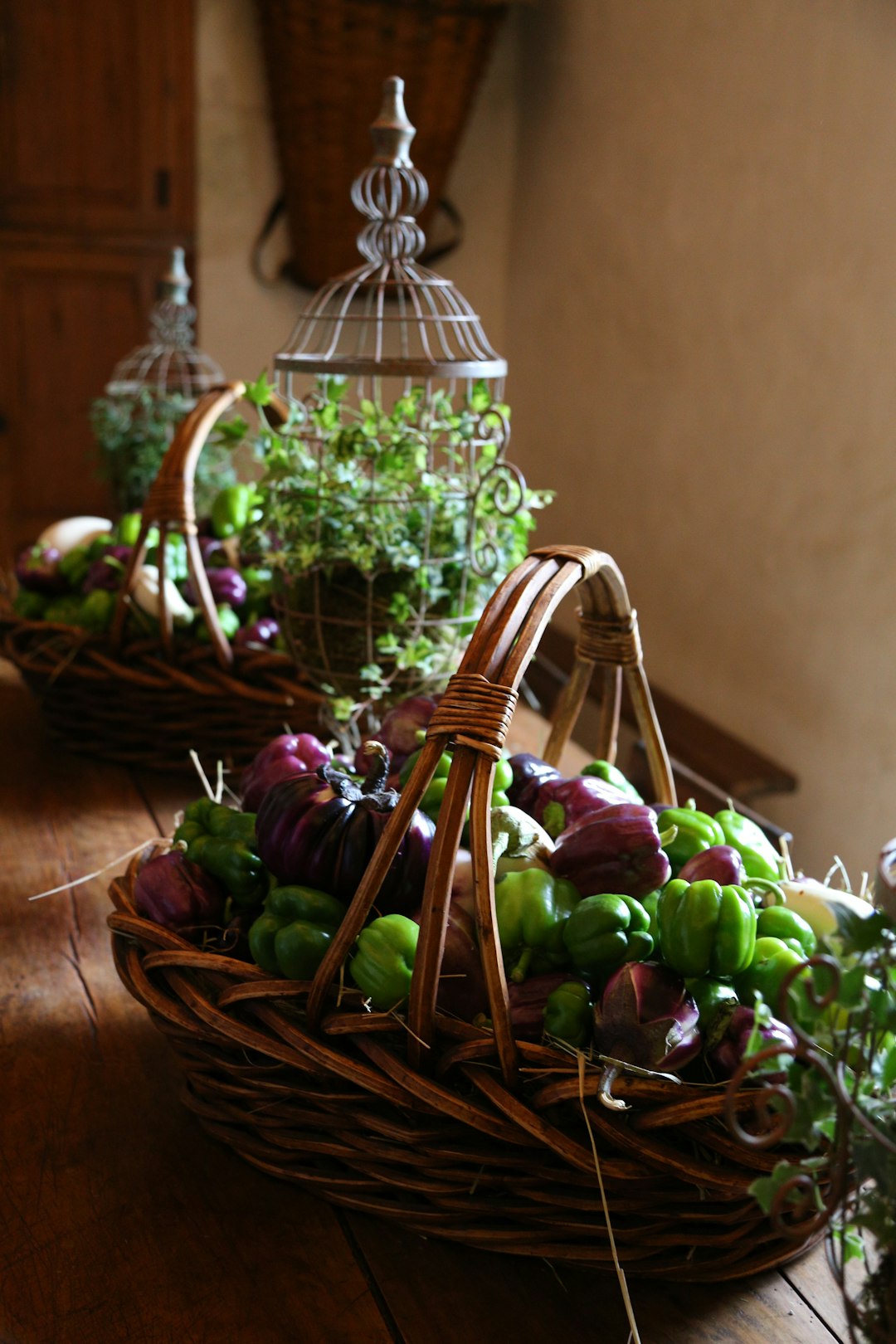
Pre - Summer Yard Care Essentials
Pre - Summer Yard Care Essentials
Weathering the Storm: Nurturing Your Garden in Extreme Conditions
Weathering the Storm: Nurturing Your Garden in Extreme Conditions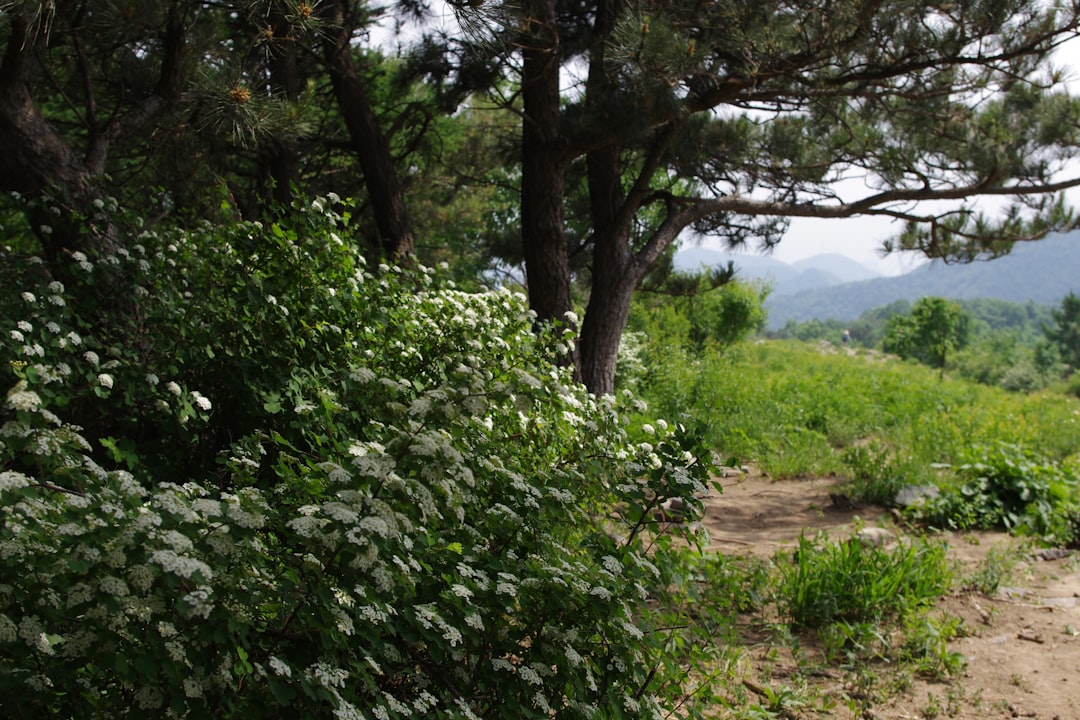
Summer Pruning: The 10 Flowering Plants to Leave Alone
Summer Pruning: The 10 Flowering Plants to Leave Alone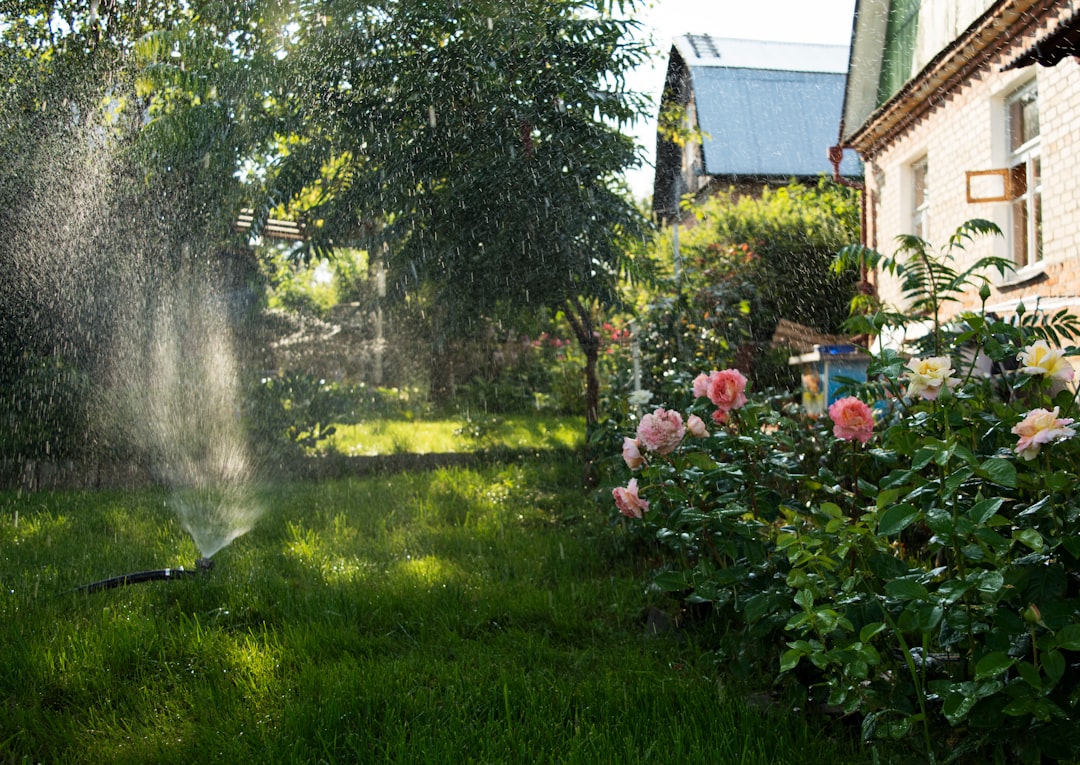
Unveiling the Hidden Gems of Perennial Gardening
Unveiling the Hidden Gems of Perennial Gardening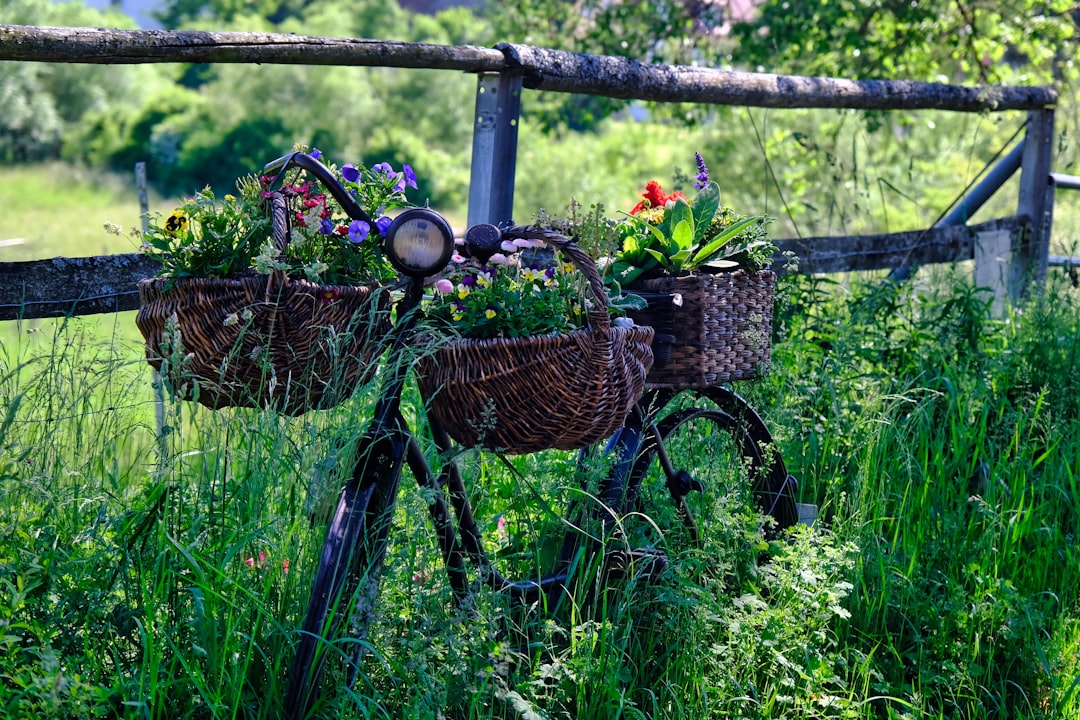
Unleashing the Beauty of Perennial Black - Eyed Susans in Your Garden
Unleashing the Beauty of Perennial Black - Eyed Susans in Your Garden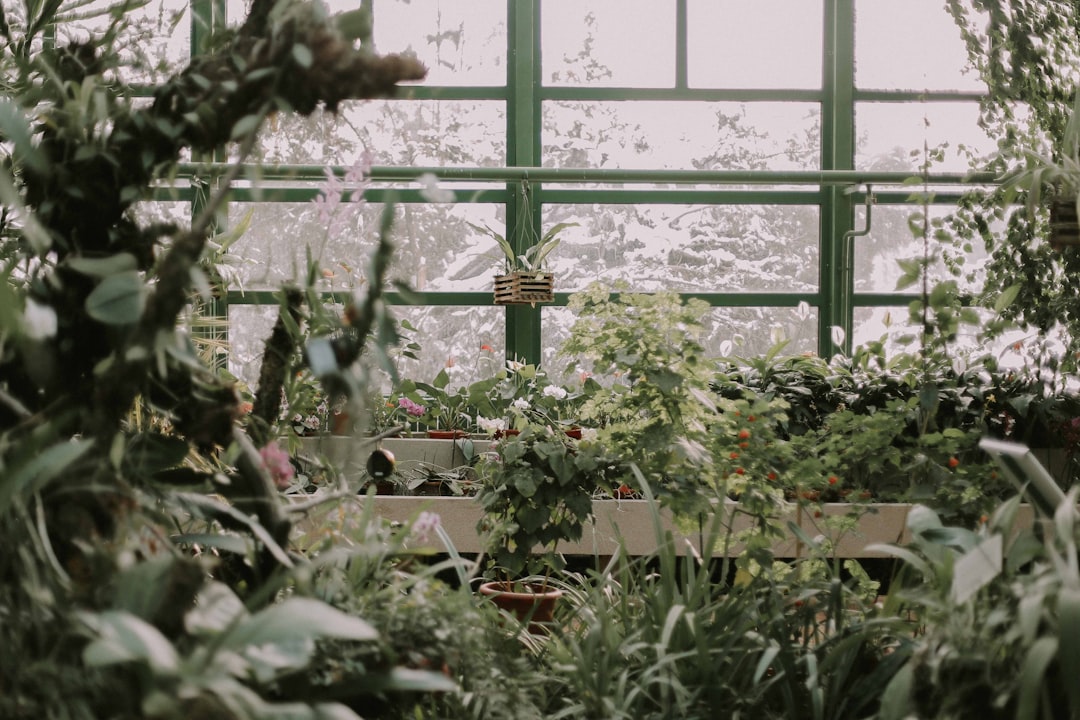
Unveiling the Secrets of Trillium Growth
Unveiling the Secrets of Trillium Growth
The All - Season Charm of Sedum Plants
The All - Season Charm of Sedum Plants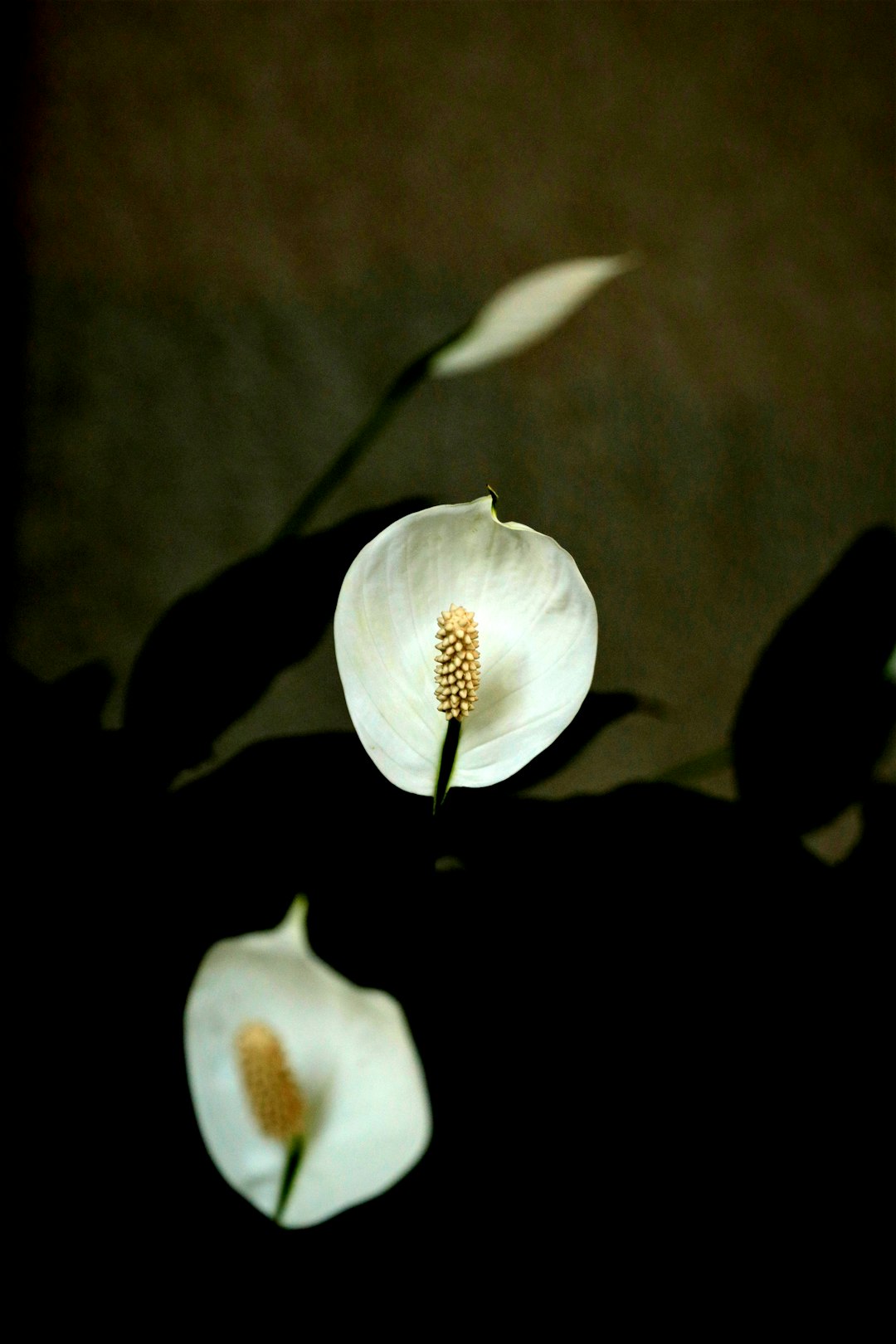
Banishing Snakes from Your Yard: Simple Solutions
Banishing Snakes from Your Yard: Simple Solutions
Secrets to a Bug - Free Garden: Conquering Squash Bugs Naturally
Secrets to a Bug - Free Garden: Conquering Squash Bugs Naturally
Transform Your Yard: Banish Crabgrass for Good
Transform Your Yard: Banish Crabgrass for Good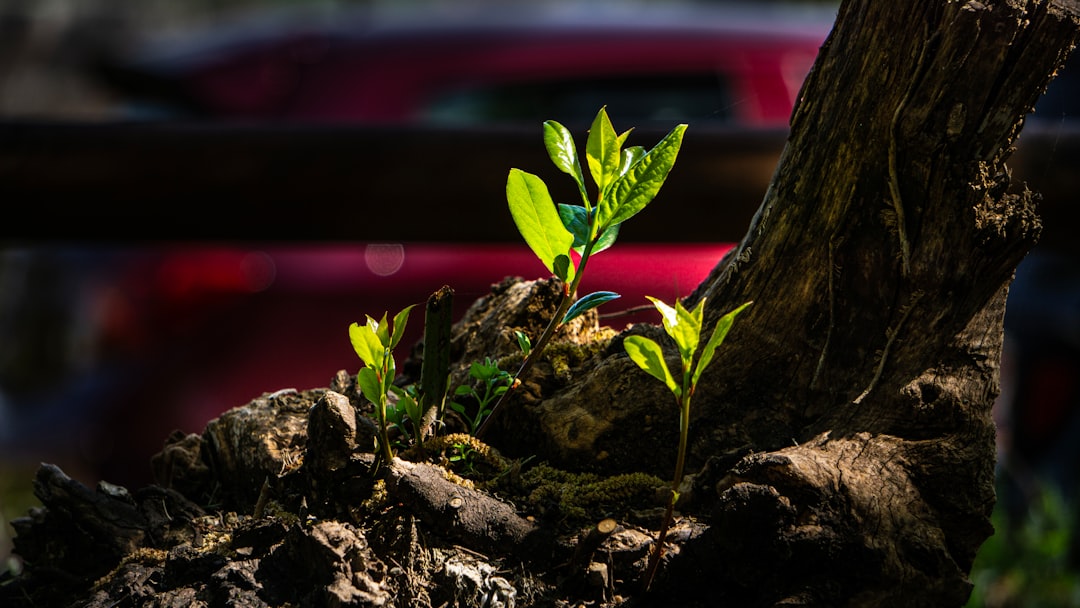
Unveiling the Wonders of a Low - Sun Garden
Unveiling the Wonders of a Low - Sun Garden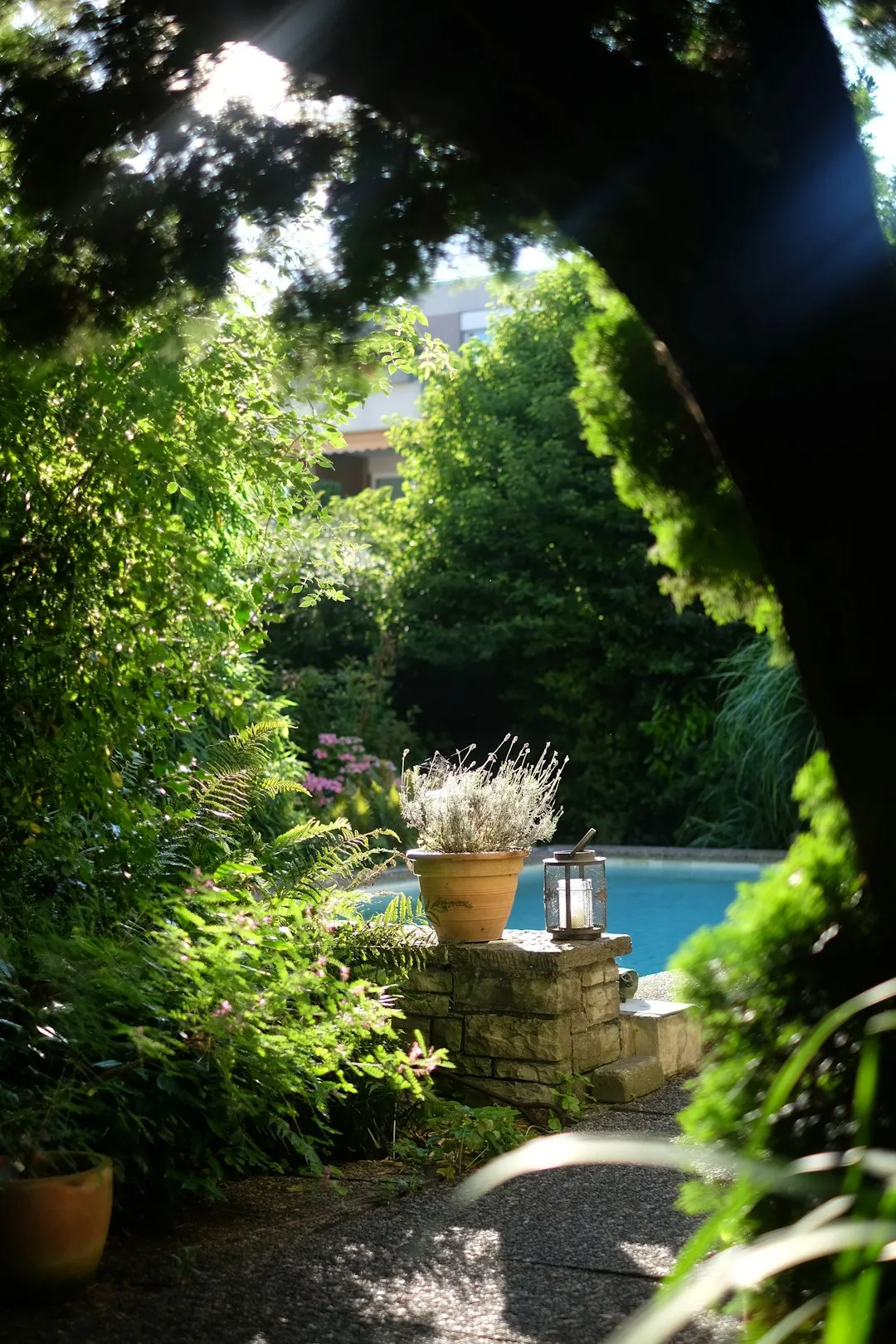
Unleash Your Garden's Potential: The Magic of Lasagna Gardening
Unleash Your Garden's Potential: The Magic of Lasagna Gardening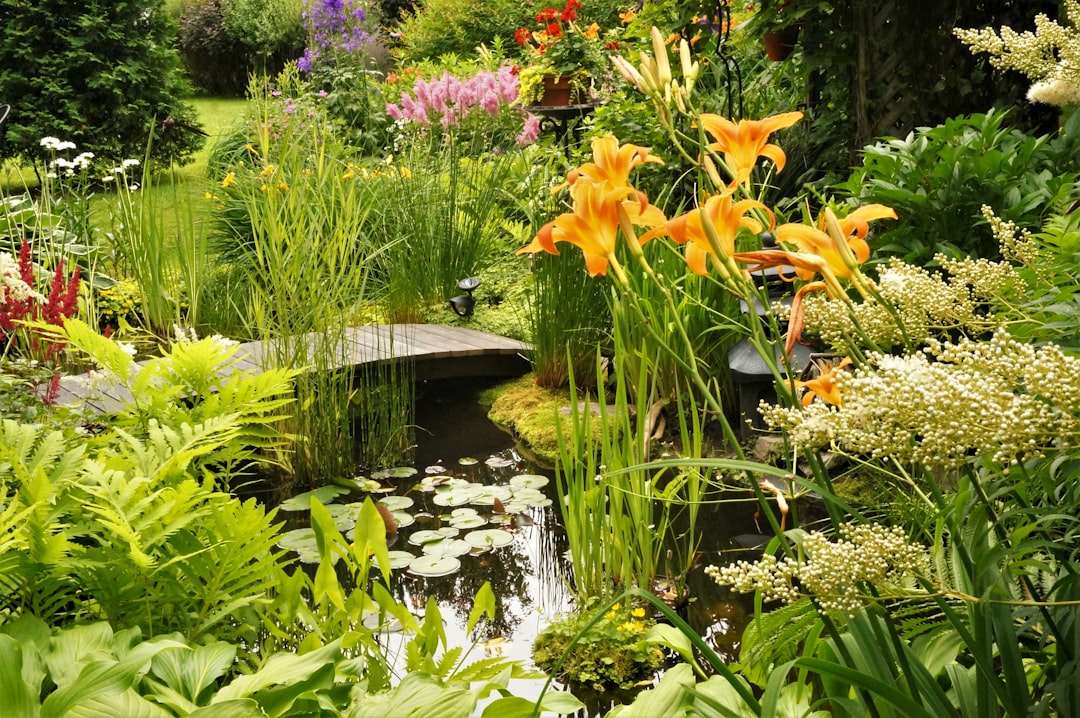
Unveiling the Mysteries of Lunar Gardening
Unveiling the Mysteries of Lunar Gardening
Unleash Your Inner Herbalist: A Guide to Indoor Herb Gardening
Unleash Your Inner Herbalist: A Guide to Indoor Herb Gardening